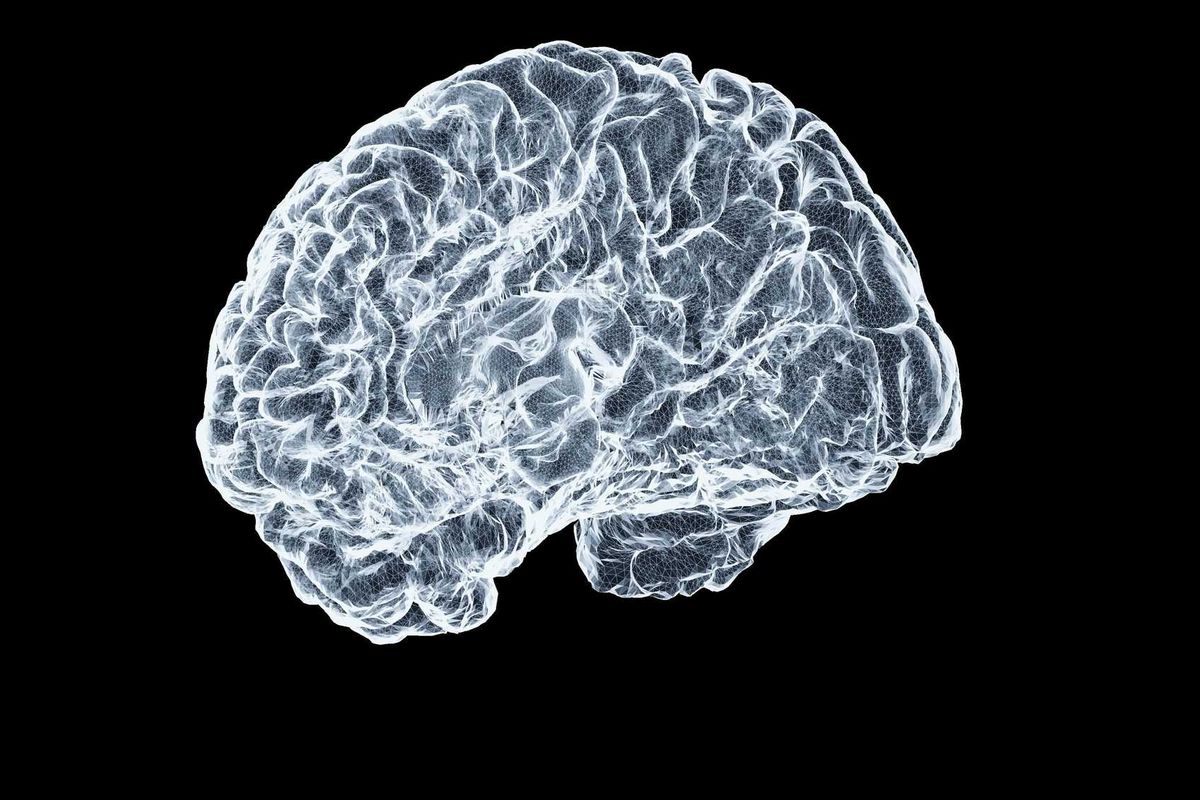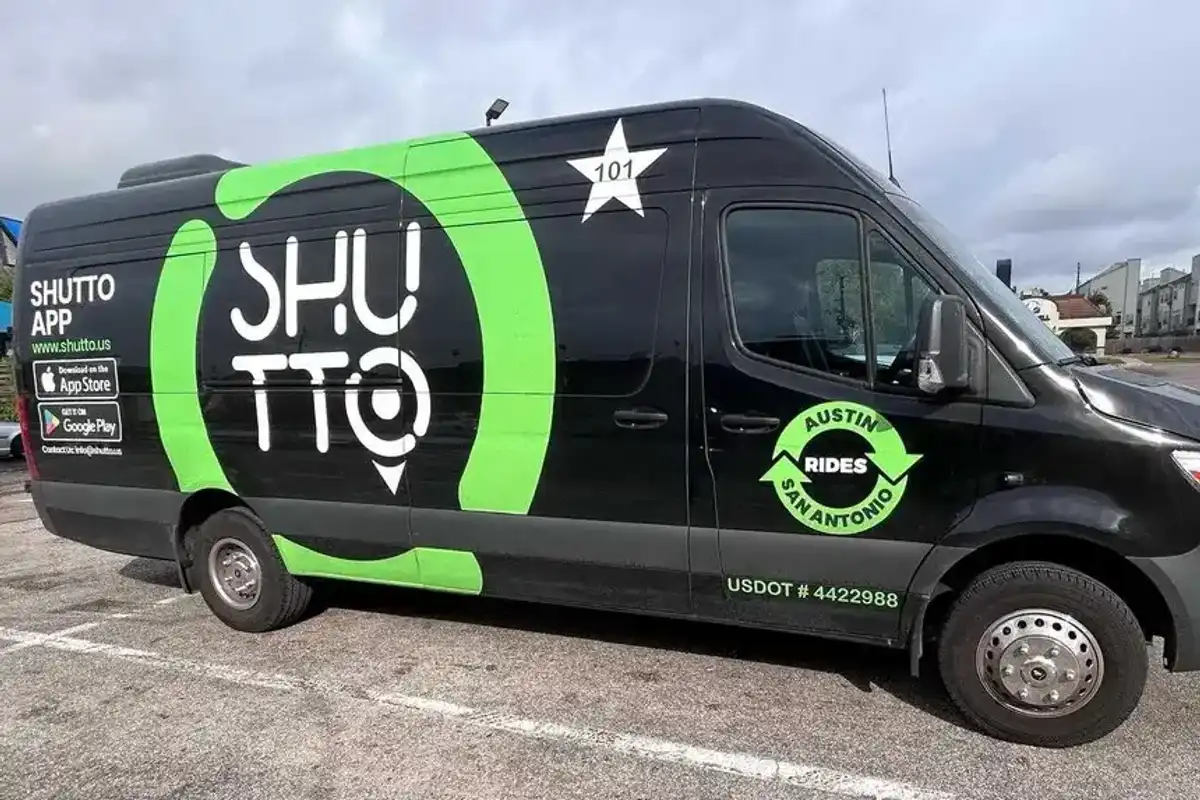Houston nurses win national innovation prize for developing life-like training technology
winner, winner
A team of Houston nurses was awarded the 2022 American Nursing Association Innovation Award last month for an engaging training tool that has already helped their peers locally and in sub-Saharan Africa become better equipped at performing essential medical skills.
Michael Pickett, Jaime Choate, and Jeannie Eggers with Texas Children's Hospital along with Marilyn Hocken and Tadala Mulemba with Baylor College of Medicine took home the nurse-led team award and $50,000 monetary prize for developing a group of devices known as the RediStik Wearable Simulation Trainers.
Resembling a CPR dummy and accompanied by immersive videos and live feedback via Zoom, the devices were designed to teach nurses how to insert Port-a-Cath and Central Venous Catheters (CVC) and perform peripheral intravenous (PIV) therapies, which are used to administer fluids, draw blood, and deliver medications.
The multidisciplinary team with support from the Texas Children’s Innovative Solutions Council developed five products (in two skin tones) over the course of three years that today can be worn by trainees and replicate textured skin and subcutaneous tissue to provide a realistic training experience.
The accompanying training materials and videos are often filmed from the nurse's point of view and are easily accessible via YouTube or a QR code.
The tools have already been utilized by nurses throughout Texas Children's, as well as in Sub-Saharan Africa through the hospital's partnership with the Global HOPE (Hematology Oncology Pediatric Excellence) initiative.
According to the ANA, after training with the RediStik devices, 96 percent of surveyed nurses reported that they felt confident in starting PIV lines, compared to only 15 percent of surveyed nurses prior to training.
The funds from the award will allow the RediStik team to distribute the devices to additional health care systems and nursing schools within Houston and internationally, according to a statement from ANA. Funds can also be used to support translational research, development, prototyping, production, testing, and the implementation of the technology.
The award winners—which also includes Kasheta Jackson of Vidant Health who took home the individual prize—have one year to further develop their products and report their outcomes.
The ANA innovation awards are sponsored by medical device company Stryker. The RediStik devices were engineered and produced by Sawbones, a Washington-based anatomical medical training models company.
February was a big month for Texas Children's and BCM.
In addition to the honor from the ANA, BCM Drs. Maria Elena Bottazzi and Peter Hotez, co-directors of the Center for Vaccine Development at Texas Children’s Hospital, were also nominated for the 2022 Nobel Peace Prize for their development of a low-cost COVID vaccine.





